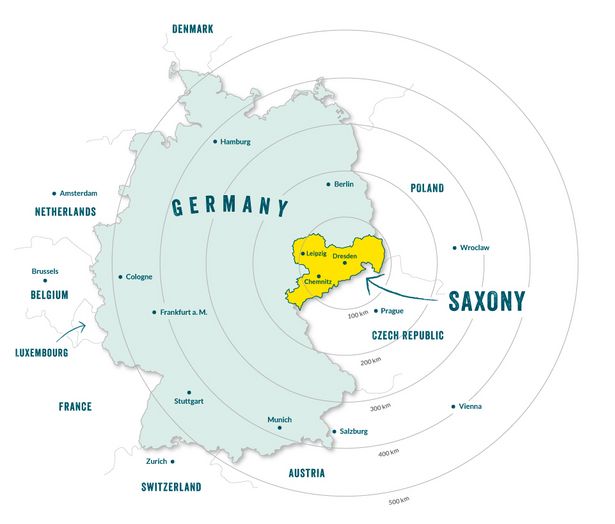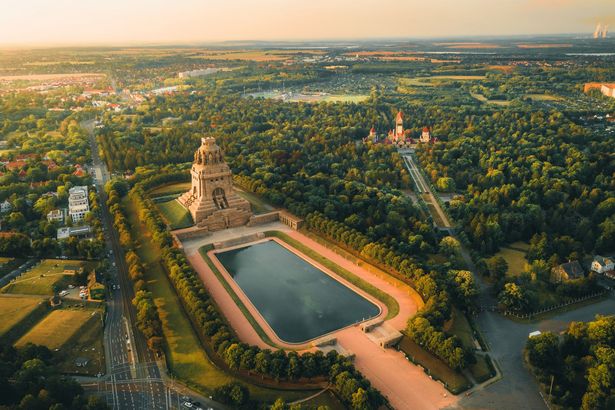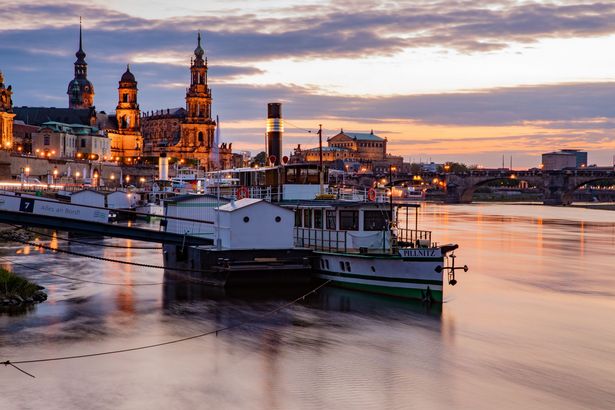10 good reasons for Saxony
Why Saxony?
Saxony ranks among the most popular holiday regions in Germany. The state unites 1,000 years of cultural history and scenic beauty. Top-class art and culture, world-famous traditional handicraft and modern manufacture await you. The musical landscape of Saxony is unique in Germany. Especially the cities hold a great appeal, and the region’s stunning castles, palaces and gardens are visitor favourites. As are Saxony’s historical steam trains and the many attractions related to a long history of automobile manufacturing.
Saxony’s health and spa resorts have a long tradition in providing first-class wellness holidays. The region’s great outdoors is ideal for active and family holidays. Accessible travel options can be found in large parts of Saxony.
In a nutshell, there are many reasons to visit our region – read on for ten of them!
TEN GOOD REASONS FOR YOUR TRIP TO SAXONY
Castles, nature and water fun in the Leipzig region:
The picturesque Mulde Valley between Leipzig and Chemnitz is the place to go for castles, palaces, and gardens galore. The heathlands, combined with one of the largest woodland areas in Central Germany, provides hikers, cyclists, and horse riders an ideal terrain. Leipzig New Lakeland is a spectacular natural water paradise where old open-cast mines have been converted into a huge lake district.
“Allerlei” in Leipzig
The German word “Allerlei” denotes an interesting assortment and variety and is the perfect description for Leipzig, a city that embodies diversity. Music, art and books, trade fairs, sports and the Monument to the Battle of the Nations – Leipzig has many fascinating aspects to explore. A city, steeped in history, with a youthful spirit and creative urban vibes. Definitely worth a visit!
Saxony’s Palaces, castles and gardens
Some 1,000 palaces, castles, gardens and manor houses bear witness to Saxony's glamorous history, including jewels such as Pillnitz Palace and Park, Moritzburg, Augustusburg and Albrechtsburg or the palaces of Lichtenwalde or Rammenau.
Dresden’s art and culture
Rich in internationally renowned art and culture, Saxony's state capital presents is famous for its stunning baroque old town and some of the world’s most eminent museums, including the Old Masters Picture Gallery or the Historic Green Vault. The Neustadt neighbourhood provides an interesting contrast with modern art galleries, artisan shops, boutiques, clubs and bars.
Joie de vivre on the Saxon Wine Route
Wine, porcelain, castles and parks – the Saxon Wine Route between Pirna and Diesbar-Seußlitz combines delicious flavours with grand history and Mediterranean flair. Tip: Day of the Open Vineries every year in August.
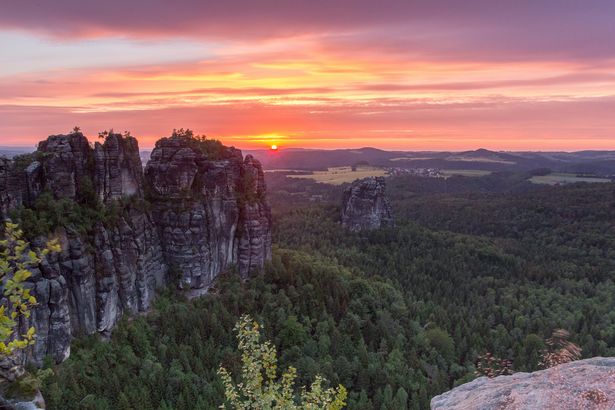 © S. Rose
© S. Rose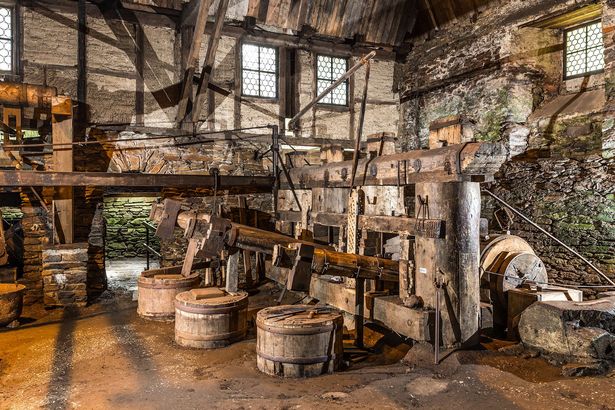 © Dirk Rueckschloss
© Dirk RueckschlossSaxon Switzerland - Welcome to the Elbe Sandstone Mountains
The out-of-this-world rock formations in Saxon Switzerland National Park are nothing short of spectacular – an ideal destination for hikers, climbers, cultural travellers and cyclists on the Elbe Cycle Route.
On the move in Upper Lusatia
Eastern Saxony is a cycling, hiking and, increasingly, also a water sports paradise, thanks to the newly emerging Lusatian Lakelands. The region surprises with its wealth of cultural treasures, whether in Görlitz, Zittau or Bautzen. Not to be missed: UNESCO World Heritage Site Muskau Park, a wonderful example of English landscape gardening at its best.
The Vogtland’s green spaces and heart for music
Excellent hiking trails, a long history of musical instrument making and spa tradition characterise the Vogtland in southwest Saxony. Explore the region’s “musical corner”, Plauen – the “City of Lace” – or enjoy watersports at Pöhl Dam. Wherever you go, the locals are unfailingly welcoming hosts!
Chemnitz – from industrial culture to modern art
The Gunzenhauser Museum with the most significant Expressionist collection in Germany, the Villa Esche, which is part of the European Henry van de Velde Route, or the Industrial Museum – Chemnitz is a city full of surprises, and will be Europe's Capital of Culture in 2025!
Hiking through a World Heritage Site in the Ore Mountains
The Ore Mountain are not just one of Germany’s most beautiful low mountain range landscapes but also a veritable hiking and mountain biking paradiese featuring magnificent views, for example from the “Kammweg”, a trail along its ridge. In addition, steam trains, famous wooden crafts and Christmas traditions make the Ore Mountains a unique travel destination. In 2019, it was declared a UNESCO World Heritage Site.
Facts and figures about Saxony
cultural sites
wonderful regions
UNESCO World Heritage sites

